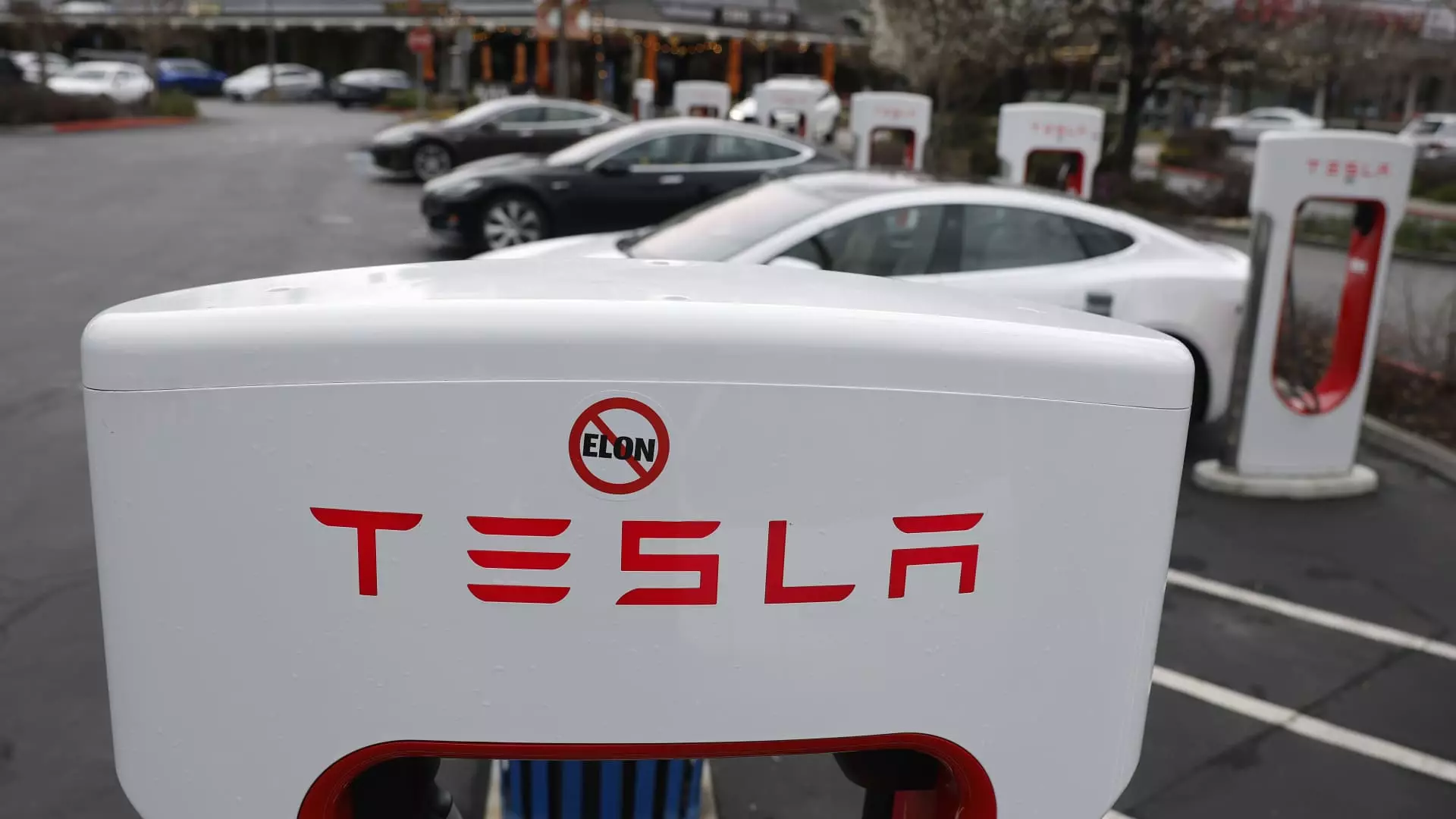In the frenetic realm of stock trading, few narratives are as captivating as that of AZEK, an outdoor products manufacturer, whose shares surged by an astonishing 23% following an acquisition announcement from James Hardie Industries. The merger, valued at a staggering $9 billion when calculated in cash and stock, generated considerable excitement among investors anticipating the potential for growth and expansion. In stark contrast, James Hardie’s stock took a hit, dropping by 11%. This dichotomy in the stock market showcases the unpredictable nature of financial reactions, where a company gushes with exuberance while its acquirer’s confidence falters. For many, AZEK may represent a glimmer of hope amid tumultuous market conditions, juxtaposed against the stark reality of corporate mergers that often hint at cautious optimism rather than unequivocal success.
Pinterest: An Unexpected Turnaround
In a surprise twist for social media stocks, Pinterest demonstrated a palpable rebound, rising nearly 5% following an upgrade from neutral to buy by Guggenheim. Analyst Michael Morris highlighted a compelling entry point for investors amidst the turmoil of a recent pullback. This situation begs the question: has Pinterest reclaimed its foothold in a competitive market? Investment analysts often emphasize the fragility of tech stocks, especially in the face of rapidly evolving user preferences and engagement metrics. Thus, while the upward trend appears positive, it’s essential to scrutinize whether this spike is sustainable or merely a short-lived rally.
Viasat’s Strategic Moves Amid Competition
Viasat, a satellite communications provider, experienced a gain of 4% as Deutsche Bank transitioned its rating from hold to buy. Analyst Edison Yu spoke of “multiple paths for the company,” suggesting aggressive asset monetization strategies to alleviate debt and bolster equity value. With the competitive pressure from Elon Musk’s Starlink looming overhead, how Viasat navigates these waters could redefine its market standing. The ongoing space race in the satellite sector emphasizes both risk and opportunity; companies must innovate and streamline operations or risk being outpaced by more agile competitors.
The Steel Stock Surge
Two titans in the steel industry, Steel Dynamics and Nucor, witnessed their shares rise by 2% following recent upgrades to buy ratings from UBS. The firm’s analyst cited robust tariff protections from the current administration as a key catalyst in sustaining high steel prices. Herein lies an essential perspective: while protective tariffs may offer immediate support to domestic industries, they can shield inefficiencies and ultimately lead to complacency in innovation and competitiveness. It raises the question—are we fostering real growth or merely creating band-aid solutions?
The Dramatic Fall of 23andMe
The once-prominent DNA testing company, 23andMe, took a severe hit, plunging 44% after filing for Chapter 11 bankruptcy protection. This staggering decline serves as a crucial lesson in the importance of sustainable business models—investors must be wary of companies that ride the initial wave of consumer enthusiasm without a solid foundation. With CEO Anne Wojcicki resigning amid chaos, the turmoil raises hard truths about the tech industry’s often volatile nature, especially when reliant on novelty rather than long-term value.
Federal Influence on Boeing and Lockheed Martin
Boeing’s stock crept up by 2% in response to a new defense contract for the F-47 fighter jet awarded by President Trump, a clear demonstration of how political decisions can have immediate and profound impacts on market dynamics. Conversely, Lockheed Martin saw its shares drop by 2% due to downgrades from notable financial institutions. While Boeing rides a wave of positive sentiment, Lockheed’s struggles underscore the peril of dependency on government contracts and the existing competitive environment. Accountability within the defense industry remains paramount, especially when faced with quality assurance issues.
FedEx’s Unwavering Fortitude
In the face of an increasingly challenging macroeconomic landscape, FedEx’s stock edged up over 1%, buoyed by an upgrade from Jefferies. This news reflects a deeper narrative: despite sluggish performance characterized by an 18% downturn this year, there may be a hidden resilience in companies committed to effective cost management. Investors are craving conviction amidst chaos—while FedEx’s underperformance has raised doubt, its strategic focus may prove advantageous in the long run.
Tesla’s Bavardage: A Temporary Reprieve?
Lastly, Tesla—an emblem of modern innovation—experienced a modest pop of nearly 4% as it emerged from a streak of nine consecutive weekly losses. This uptick serves as an intriguing reminder that even the titans of industry experience setbacks. However, the question looms: is this a genuine recovery, or simply a temporary respite in an ongoing struggle against market volatility, production challenges, and evolving consumer preferences? Tesla’s future remains as electrifying as ever—but lurking beneath the surface are swirling doubts about sustainability and growth that investors need to factor into their calculus.

